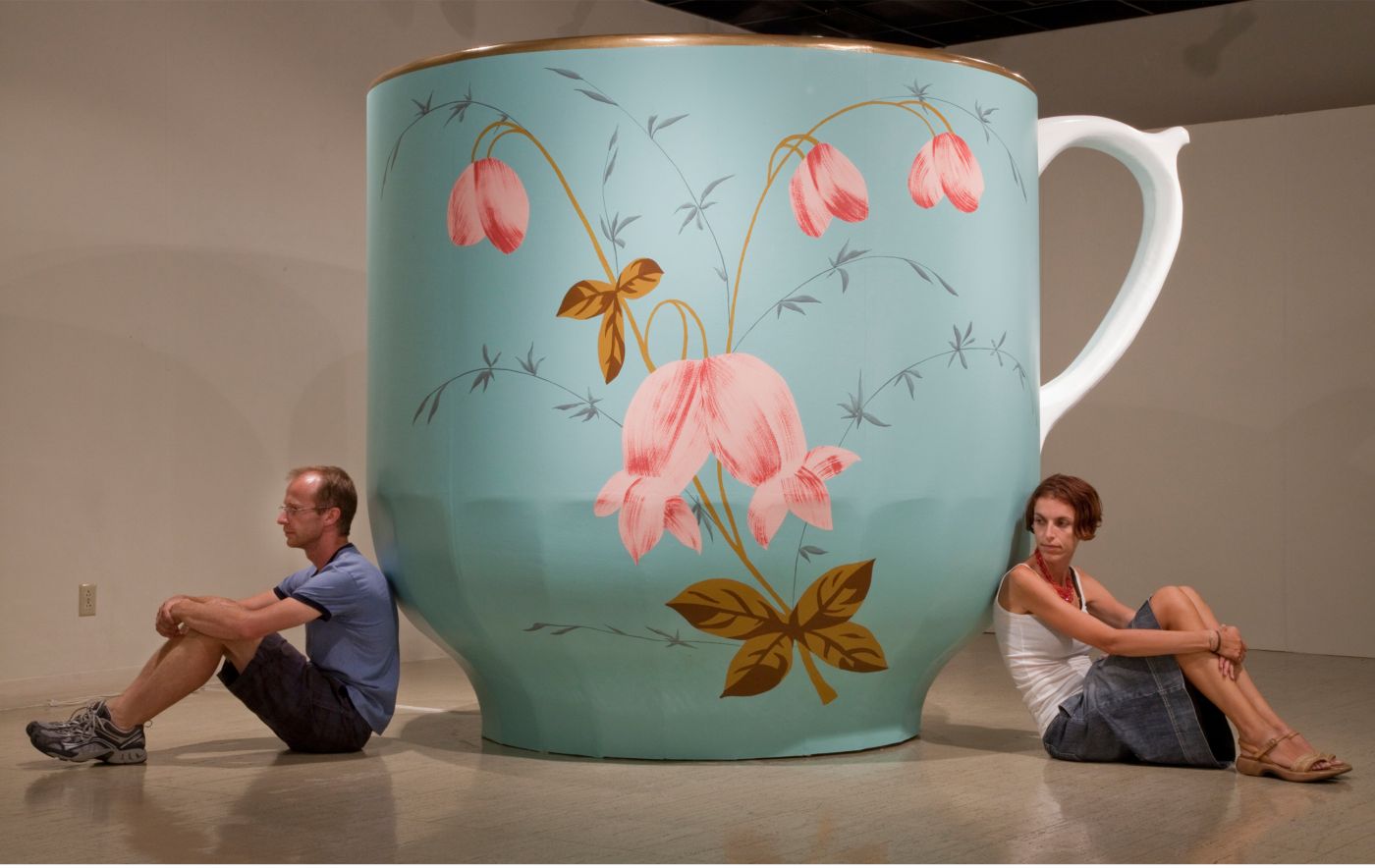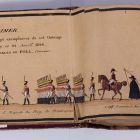Royal Dandies
Following a 9-hour funeral procession—sprinkled with braided manes, stately banners, and brocaded black fabrics—Alexander Romanov, known as Emperor Alexander I of Russia, was interred on Monday, March 13, 1826: 102 days after his death. 4 years later, a love letter from the Emperor’s widow, Elizabeth, reached a Siberian monk by the name of Feodor Kuzmich.
Because Feodor Kuzmich, a pious man canonized by the Russian Orthodox church in 1984, appeared in the Siberian city of Krasnoufimsk with no proof of birth, and because Elizabeth’s letter detailed a plot for the lovers to reunite in Taganrog, the city where Alexander had died, historians believe that Kuzmich was Alexander hiding under an alias and a well-tended beard.
38 years after faking his own death, Alexander received a gift from his goddaughter, England’s Queen Victoria. News of Kuzmich’s failing health had emboldened the queen to risk exposing his identity in order to deliver him a present: a royal moustache cup.
Invented in 1830 by an English potter named Harvey Adams, the moustache cup allowed pampered facial hair to rest safe and dry atop a porcelain ledge. Blonde moustaches, the color of Alexander’s hair, had heretofore swum inside cups of tea and darkened to dirty brown while dripping styling wax and dye: staining teeth.
Though he spent his final weeks in humble prayer, Kuzmich loved his moustache cup: his single connection to the world of privilege Alexander had buried upon his death.




